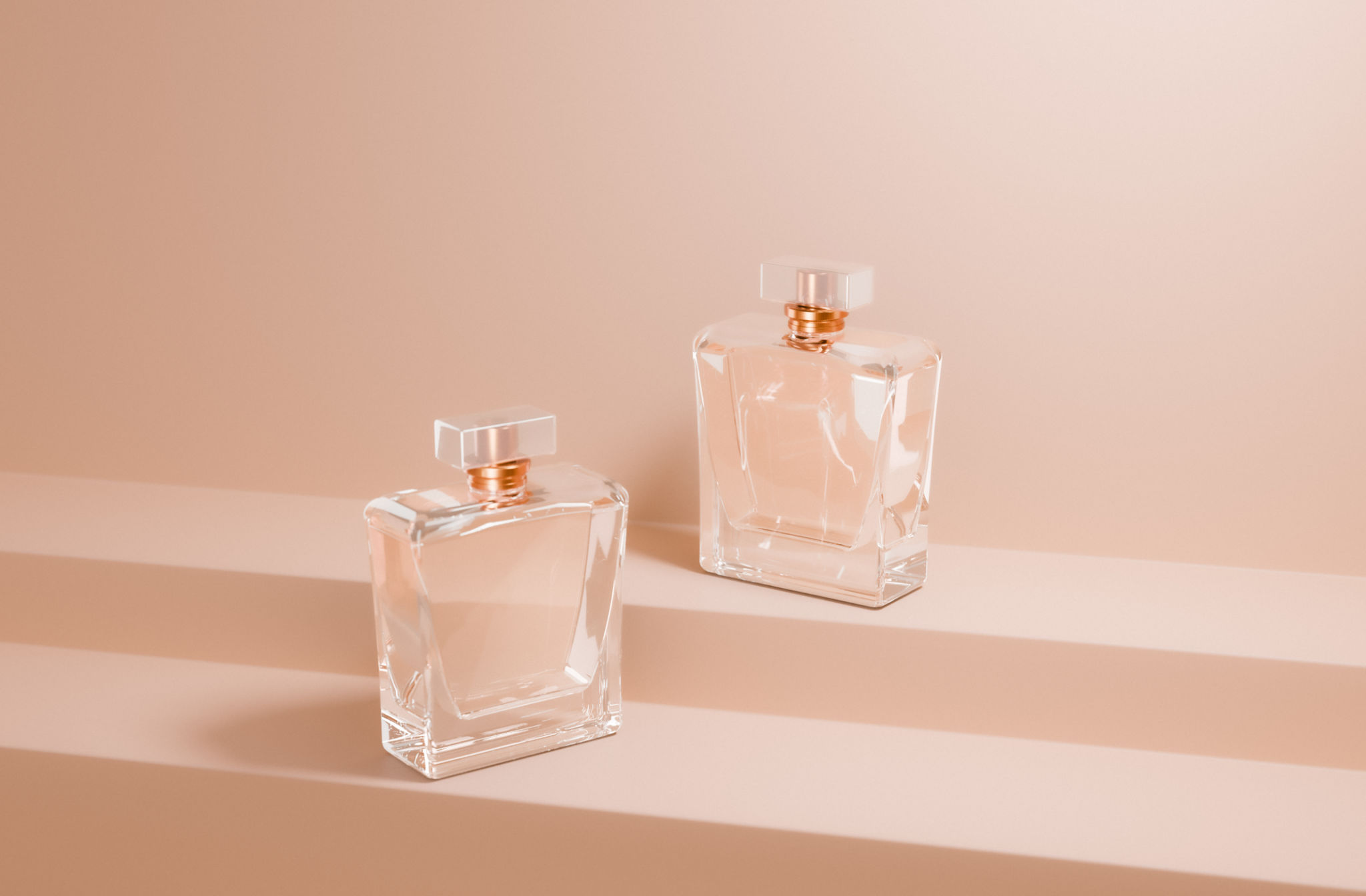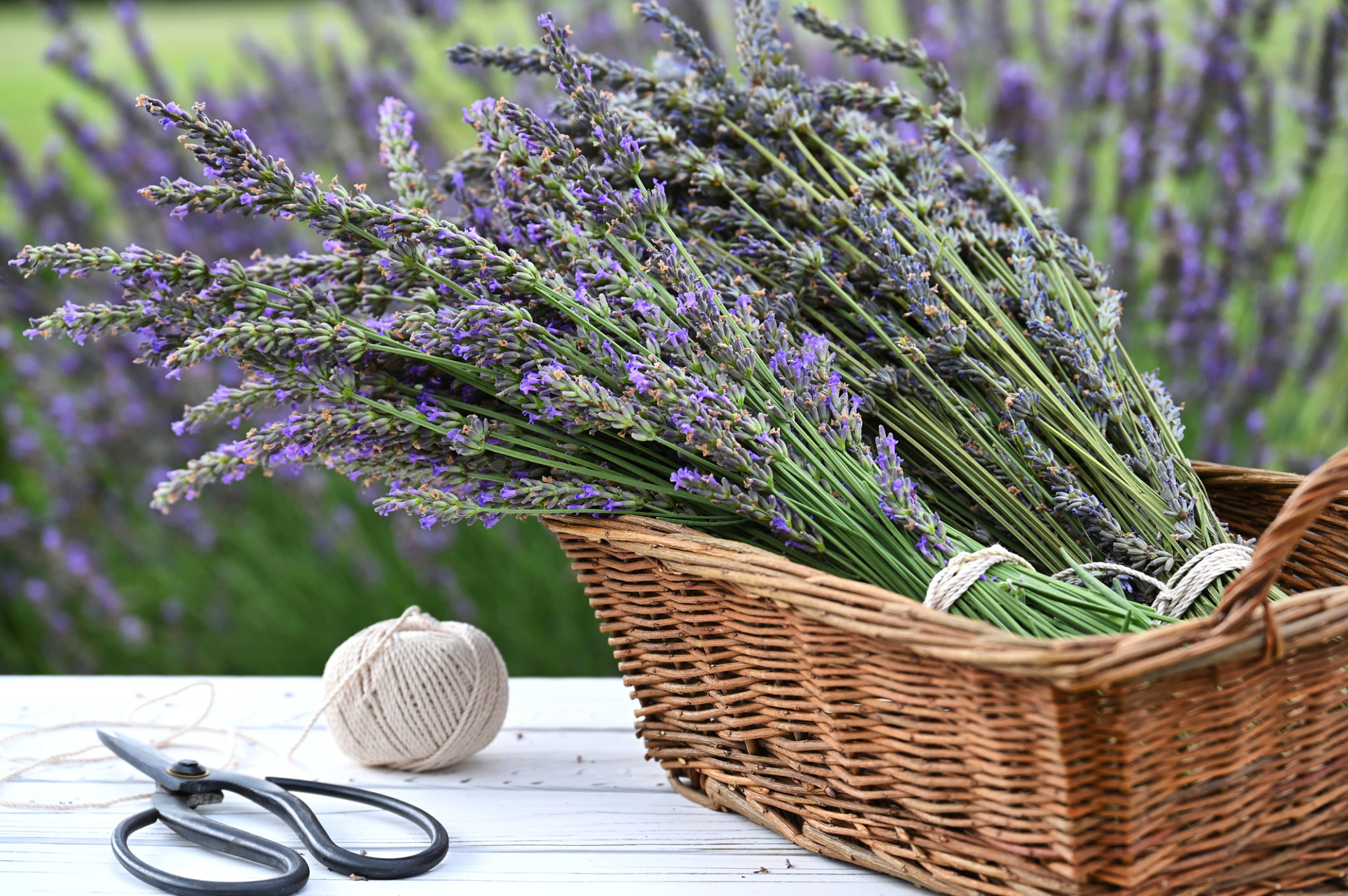The Ultimate Perfume Buying Guide: From Selection to Storage
Understanding Perfume Categories
Perfumes are often categorized into different families or types, each with its own unique characteristics. Understanding these categories can help you narrow down your choices and find a scent that resonates with you. The main types include floral, oriental, woody, and fresh. Each category offers a distinct olfactory experience—from the romantic and sweet scents of florals to the rich and exotic aromas found in oriental perfumes.
When choosing a perfume, consider what mood or image you want to project. Floral scents are often associated with femininity and romance, while woody fragrances are seen as more masculine and grounded. Fresh perfumes, with their clean and crisp notes, evoke a sense of vitality and energy.

Selecting the Right Perfume
Choosing the right perfume can be an intimate and personal experience. Start by testing different scents on your skin, as this is the best way to see how a fragrance interacts with your natural body chemistry. Remember that a perfume may smell differently on your skin compared to someone else's due to differences in pH levels, skin type, and even diet.
It’s also important to consider the concentration of the perfume. Generally, perfumes are available in different concentrations such as parfum, eau de parfum, eau de toilette, and eau de cologne. The higher the concentration, the longer the scent will last on your skin. For an all-day scent, opt for an eau de parfum; for something lighter and more subtle, an eau de toilette might be ideal.

Buying Tips
When purchasing a perfume, take your time to explore various options. Visit stores that offer testers and samples so you can try before you buy. Don't rush the decision—take note of how the scent evolves throughout the day, as the top notes fade to reveal the heart and base notes.
Consider the occasion and time of year when selecting a perfume. Light, fresh scents are perfect for daytime wear or warm weather, while deeper, richer fragrances are ideal for evening events or cooler months. It's also wise to have a small collection of perfumes for different occasions, ensuring you're always wearing a scent that complements your setting.

Caring for Your Perfume Collection
Once you've chosen your perfect scent, it’s essential to store it correctly to maintain its quality. Perfumes should be kept in a cool, dark place away from direct sunlight and extreme temperatures. Exposure to heat and light can break down the fragrance compounds, altering the scent over time.
Avoid storing perfumes in the bathroom as the fluctuating temperatures and humidity can also affect their longevity. Instead, keep them in their original boxes or in a drawer where they’re shielded from light. Proper storage can ensure that your fragrances last for years without losing their original allure.
Understanding Fragrance Notes
Perfumes are composed of different layers known as fragrance notes, including top, middle (or heart), and base notes. These layers unfold over time, creating a complex olfactory experience. The top notes are the initial impression of the perfume and generally evaporate quickly. Middle notes follow, offering the main body of the fragrance. Lastly, base notes provide depth and longevity.
When evaluating a perfume, pay attention to how it transitions from one note to another. This evolution is what gives a fragrance its unique character and complexity. Knowing your preferences for certain notes can help you select perfumes that you'll enjoy wearing.
